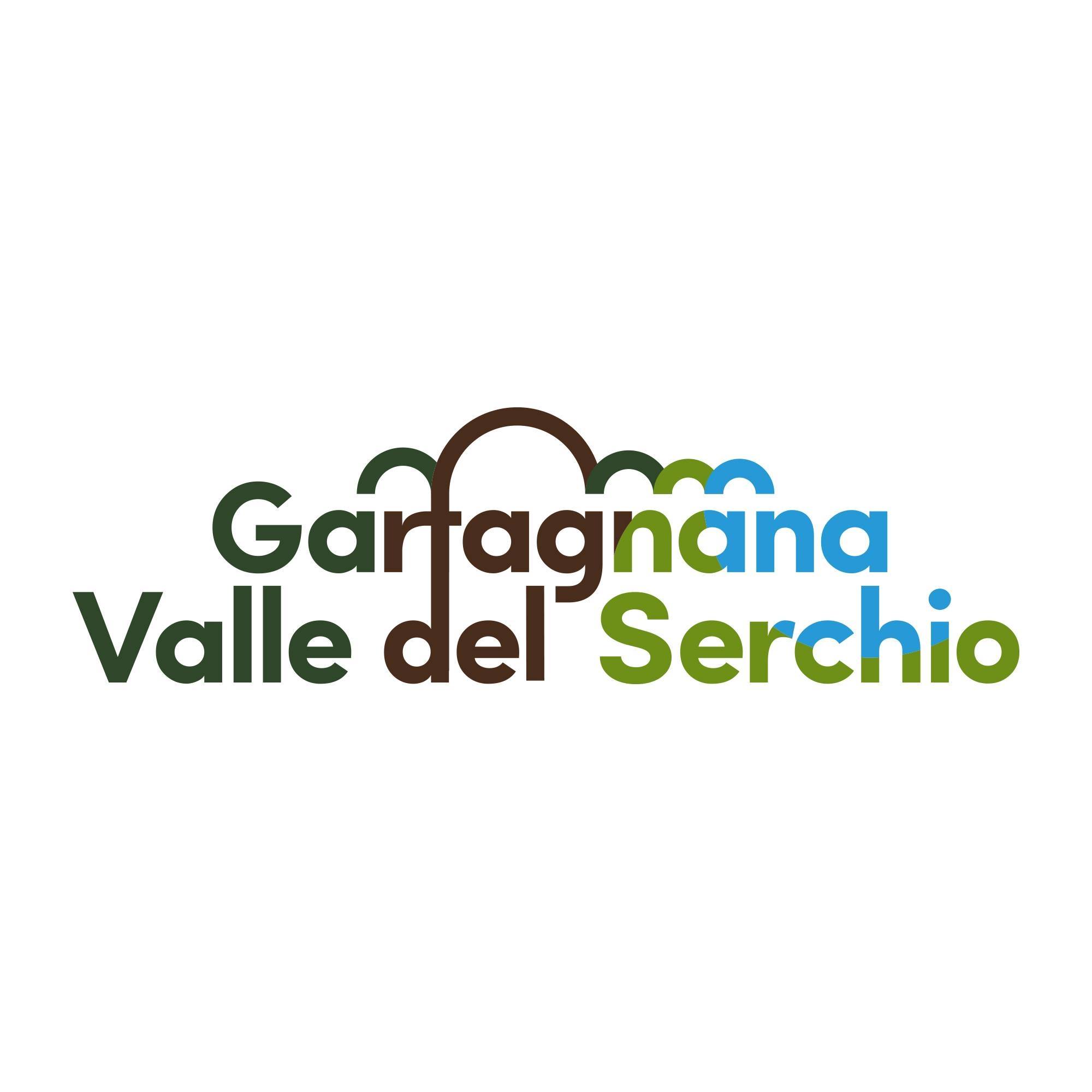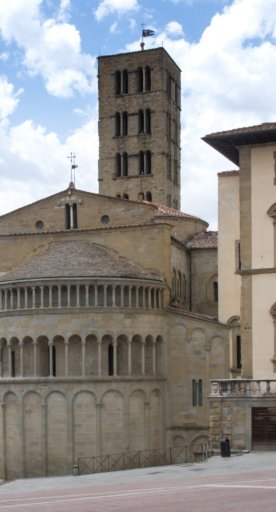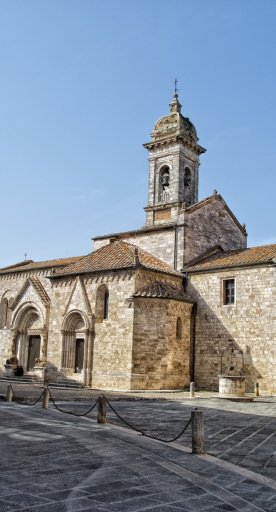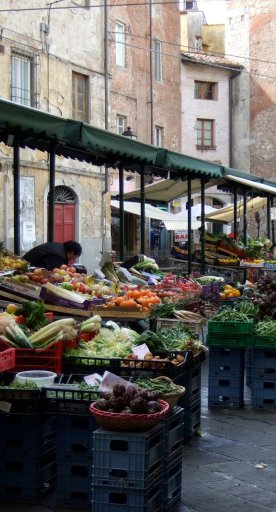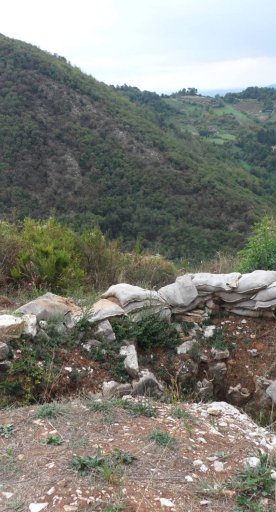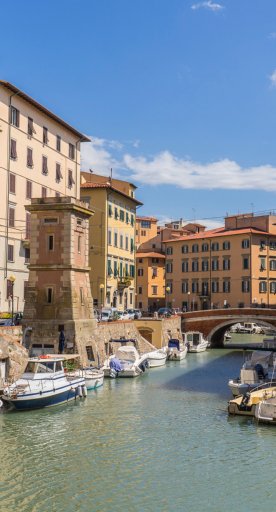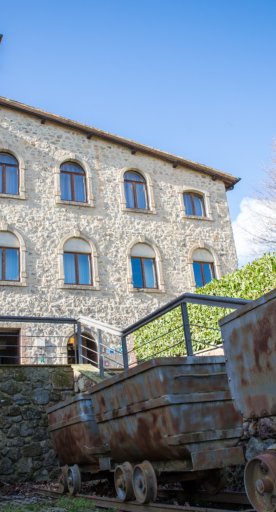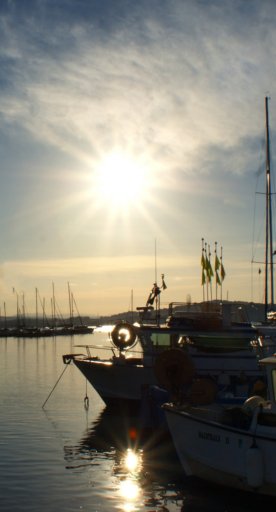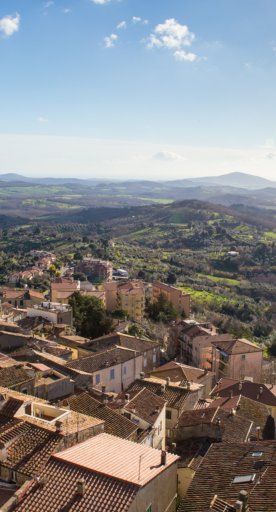

Journey through the Christmas traditions of Garfagnana and the Mid Serchio Valley
From legends to typical sweets
There are numerous Christmas traditions in Garfagnana and Mid Serchio Valley. Many of them are centuries old, some are well known and others are more mysterious. From legends to typical sweets, here are some of the traditions to be found in this charming land.
-
1.The Natalecci of Gorfigliano
-
2.The Mandolata of Santa Lucia
-
3.The Befana of Barga
-
4.Saint Nicholas and the Devil in Borgo a Mozzano
The Natalecci of Gorfigliano

The Natalecci is among the oldest traditions of the Garfagnana. It takes place in Gorfigliano, a village in the Municipality of Minucciano, every year on the night of December 24. It consists of very tall cylindrical bonfires, built by intertwining juniper branches with a chestnut pole that are then placed on the most visible hills of the town and set on fire to the sound of a bell that commences prayer.
The origin of this tradition is possibly linked to pagan fire rituals which had the function of purifying and destroying all negative influences such as witches, monsters and hexes. The ceremony was also a celebration of the sun to ensure light. In fact, it took place during the winter solstice when the days begin to get longer. The signals that the fire gave, its intensity and the direction of the smoke were interpreted as harbinger signals about crops and other elements. With the arrival of Christianity, these rituals were not frowned upon at first, but the tradition was then adapted as the Christian church began to associate the sun with the image of Jesus, and still today the ritual takes place on Christmas Eve and is called Natalecci.
The Mandolata of Santa Lucia

The Mandolata is a traditional food made in Rione Santa Lucia, a historic village in Castelnuovo Garfagnana. The recipe has been handed down through the generations and is prepared every December 13, the feast day of Saint Lucia, the patron saint of the eyes. The simple ingredients are chestnut honey, finely chopped walnuts heated just to the right point, a little sugar and olive oil. This crunchy sweet is made using your hands in a very particular and fascinating way. First, the honey is cooked and then worked for a long time, forming a long braid that is turned over several times and then the walnuts are added by hand. These are also heated to form a rectangle held together by two wafers.
The Befana of Barga

The tradition of the Befana, the nice old lady who visits the children every year on the night between 5 and 6 January, is deeply felt throughout the Garfagnana and the Mid Serchio Valley. In Barga, the tradition is centuries-old and is even mentioned in the Statutes of 1366. There are many tributes dedicated to her, including the well-known songs of the Befana, called Canti di Questua, popular not only in Barga but also in all neighboring areas. Groups of children and adults disguised as witches go from house to house to sing and in return they are usually offered sweets, drinks or small gifts. In Barga, tradition has it that once the singing has finished, everyone goes to Piazza Angelio to gather around a large bonfire, form a circle and twirl around.
It was these traditional begging songs that inspired the adopted son of this land, Giovanni Pascoli, to compose one of his most touching poems, La Befana, in 1897:
The Befana comes,
comes from the mountains late at night.
How tired she is! It surrounds her
snow, frost and north wind ...
Later in the evening, following the songs and the bonfire, the Befana enters the scene riding a broom or a donkey to bring gifts to good children and coal to bad ones.
Then Befana receives visits from the children, as well as those who are older, in her little house in Pegnana on the mountain of Barghigiana. The old woman does not refuse the visits of little ones to gift a lovely sweet made using molds of all kinds of shapes such as animals, fish, flowers , rabbits, the sun or a heart. These are known as Befana biscuits that are made with shortcrust pastry and marzipan according to a recipe that has been handed down for years in bourgeois families and which differs from the more well-known befanotti.
Saint Nicholas and the Devil in Borgo a Mozzano

It's said that many years ago, Saint Nicholas came down from the Alps in Tuscany to bring gifts to the children of small villages and found himself in Borgo a Mozzano. Here, he met the Devil on a bridge, but it was Saint Nicholas who got the better of him, spreadking the light of peace and love. This light is recalled every year on the first Sunday after December 6 with the manifestation of Saint Nicholas and the Devil. In procession with all the children, Saint Nicholas passes through the historic center of Borgo a Mozzano to reach the Devil's Bridge, giving each child a lighted candle as a symbol of the light of peace and love. Upon returning from the procession, all the little ones embrace Saint Nicholas and receive many gifts from him.
